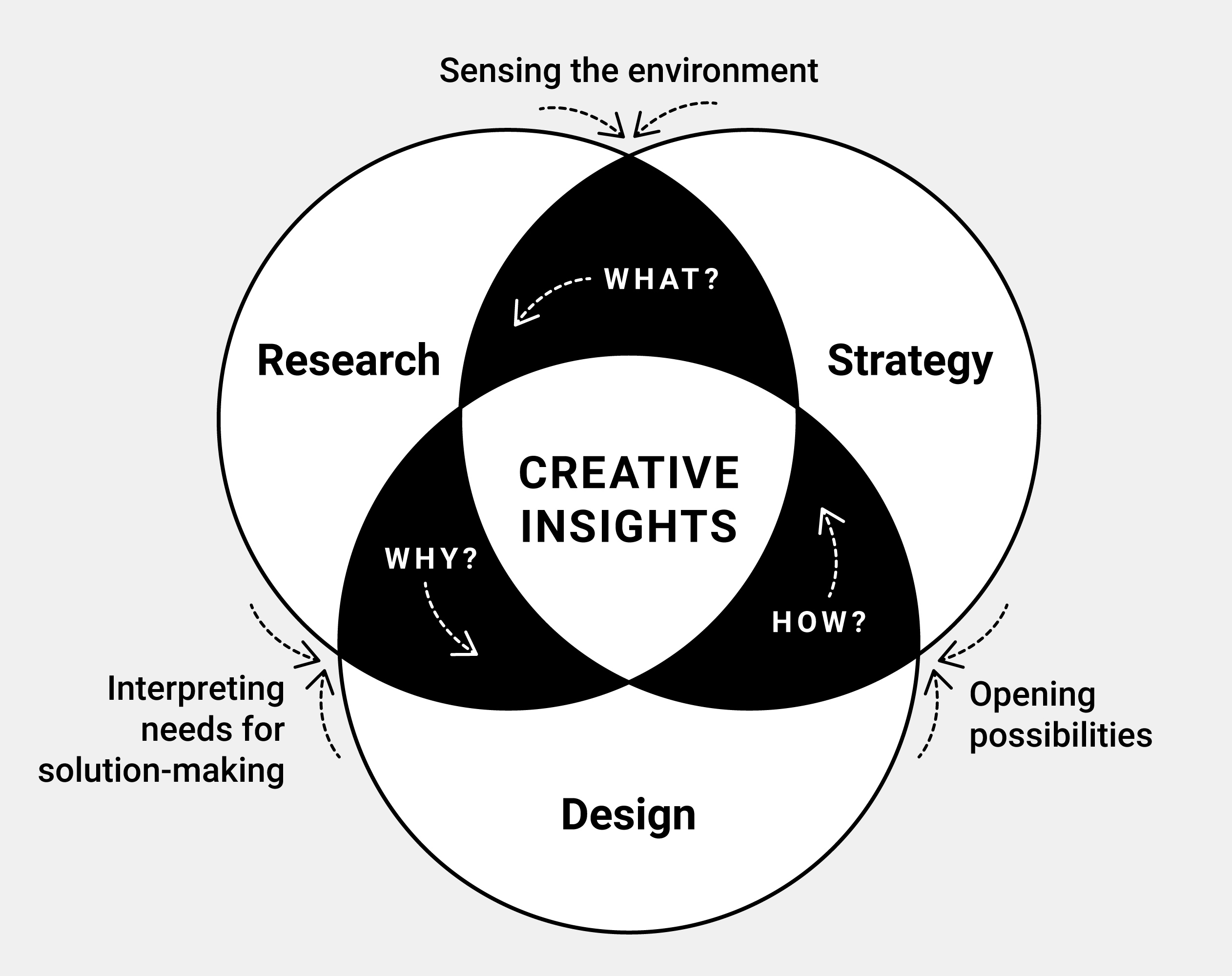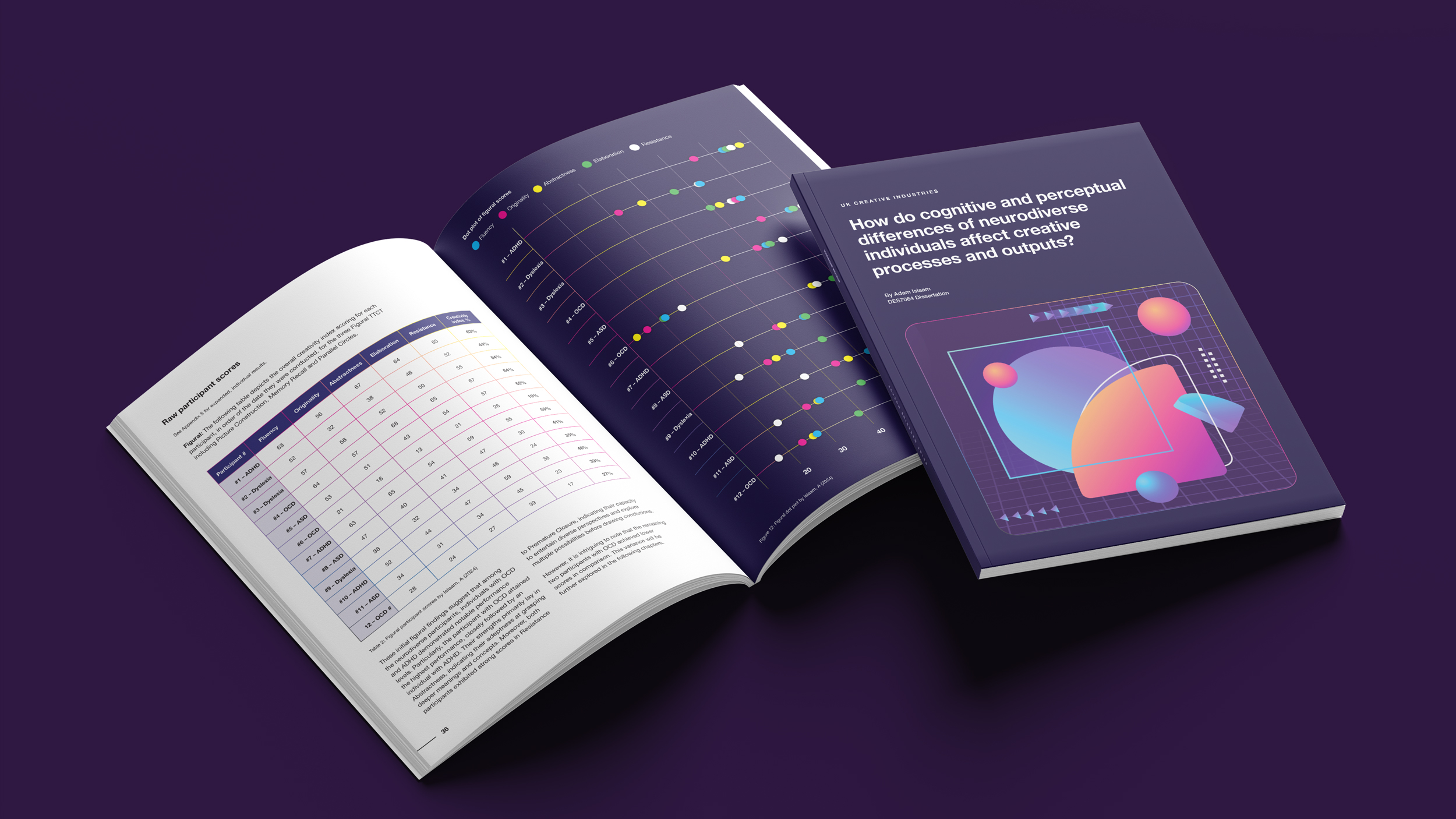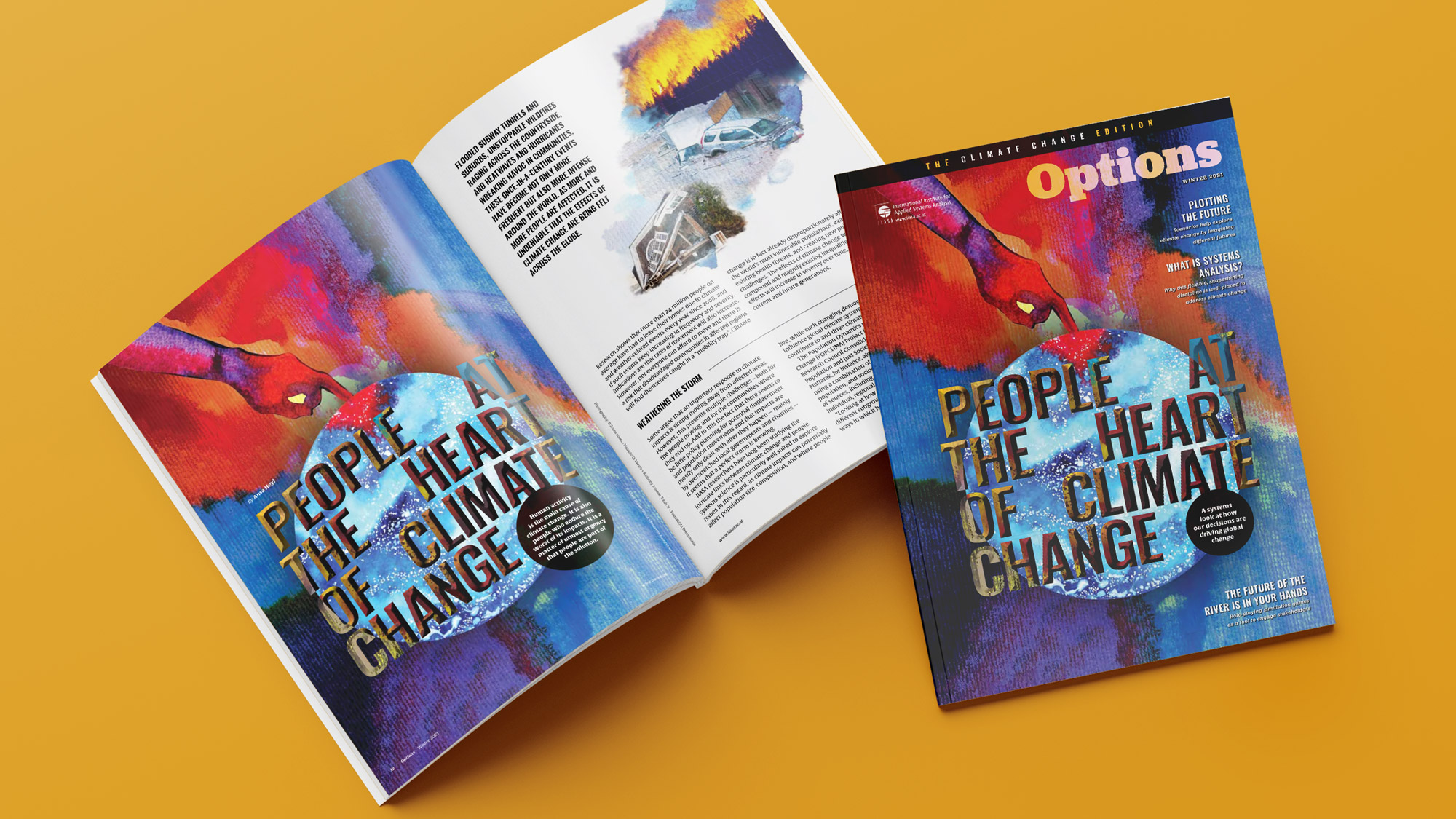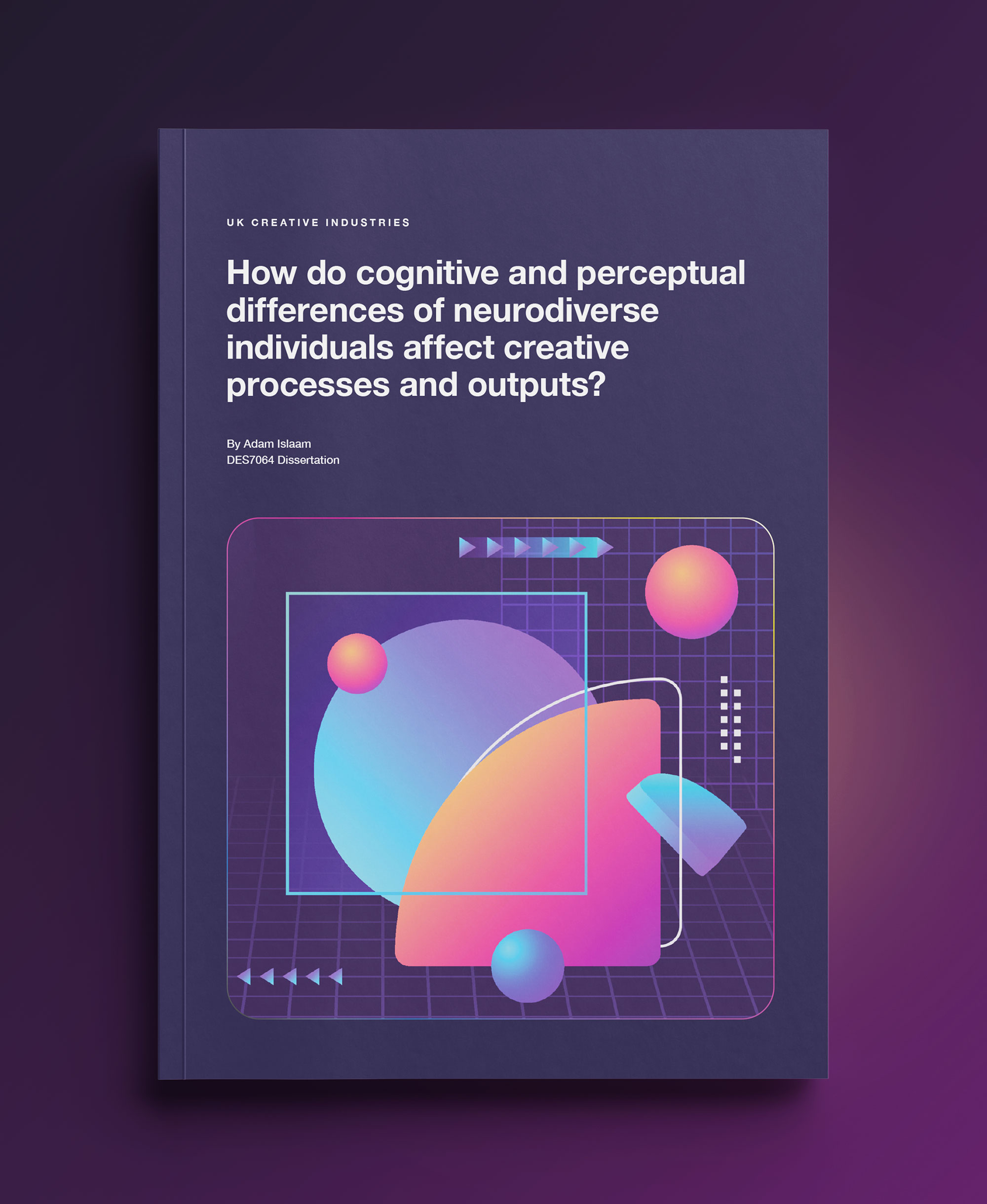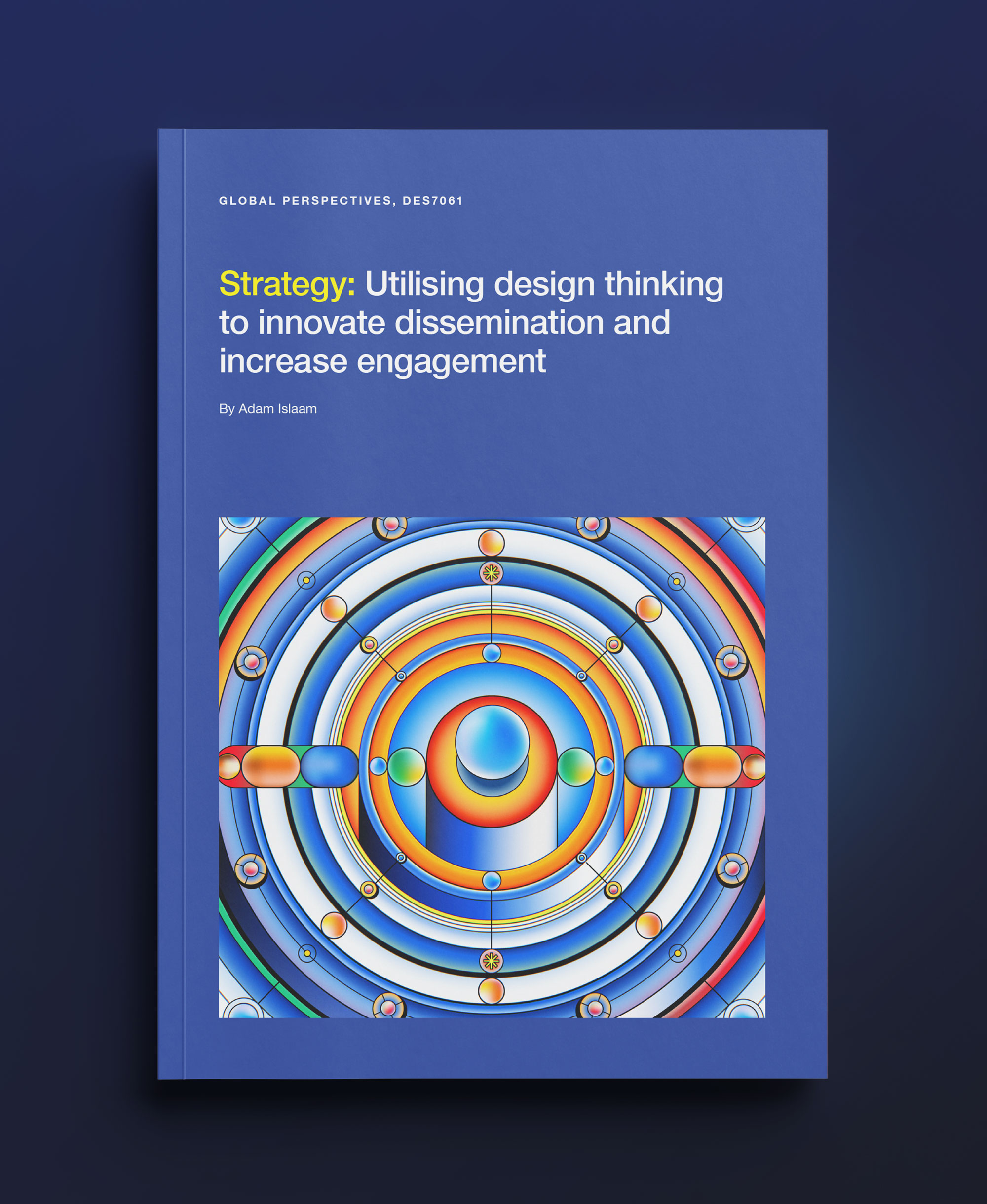Design thinking
for  global good
global good
Multidisciplinary designer and strategist based in Birmingham, UK, combining user experience, research and graphic design to create a positive future.
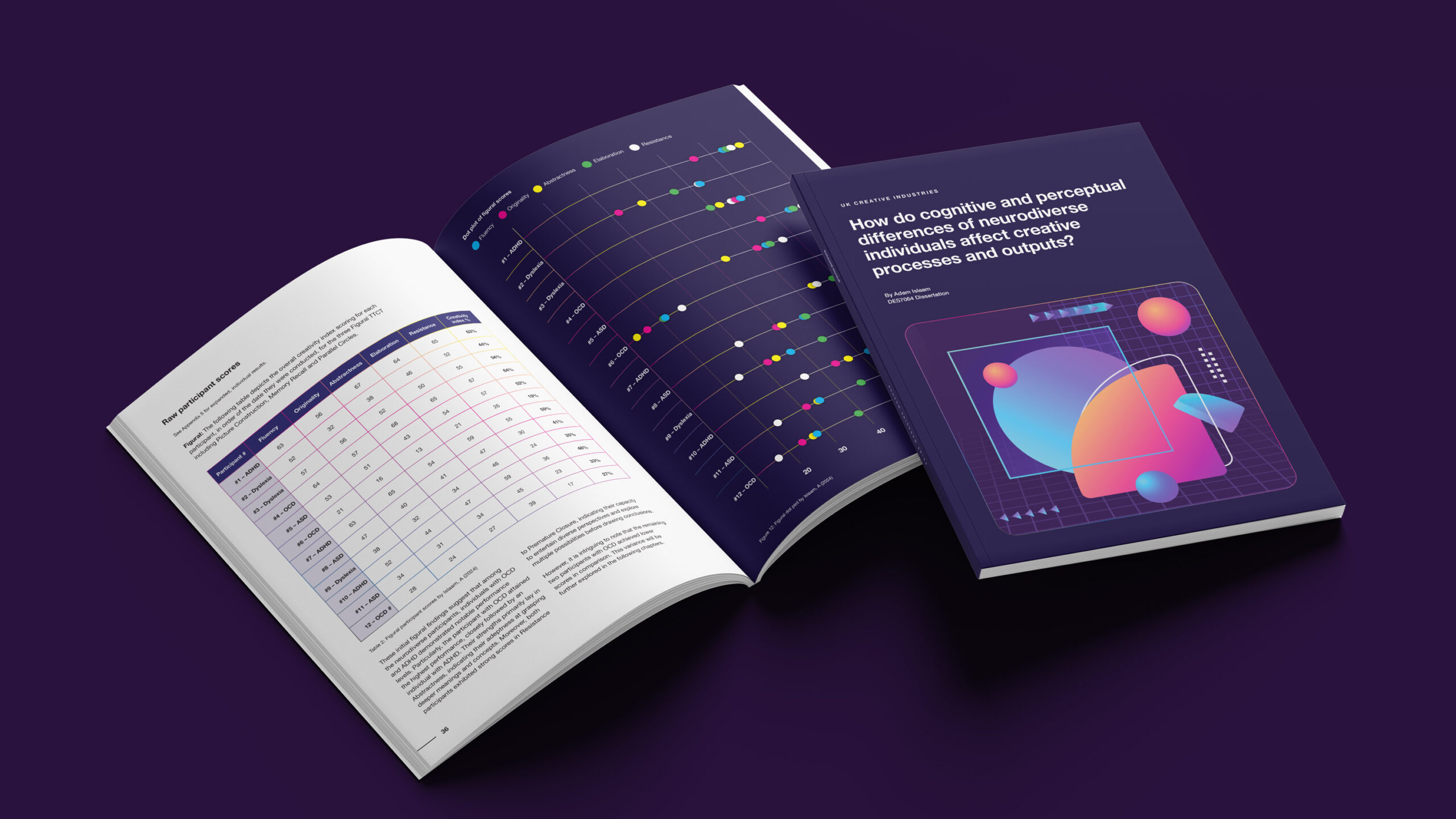
Creative unique solutions with precision and passion
My Approach
Passionate about harnessing user experience, research, and graphic design to make meaningful impact. By combining strategic insight with innovative design, I craft solutions that are visually engaging and tailored to align with unique objectives.
My approach is rooted in a commitment to personalised, impactful design. I draw on cutting-edge technology and creative expertise to elevate communications, helping them stand out in a competitive market. Whether through branding, infographics, animation, or interactive experiences, I strive to communicate complex ideas in accessible, engaging ways—all aimed at supporting a positive future.
MY MISSION
Innonative Design
and Strategic Solutions
My mission is to craft design solutions that resonate, inform, and inspire audiences by bridging the gap between research, strategy, and design to drive meaningful change.
I believe in the power of thoughtful, engaging visuals to communicate complex ideas clearly and effectively. I work closely with organisations to align each project with their unique goals, ensuring that every piece looks great and serves a purpose.
